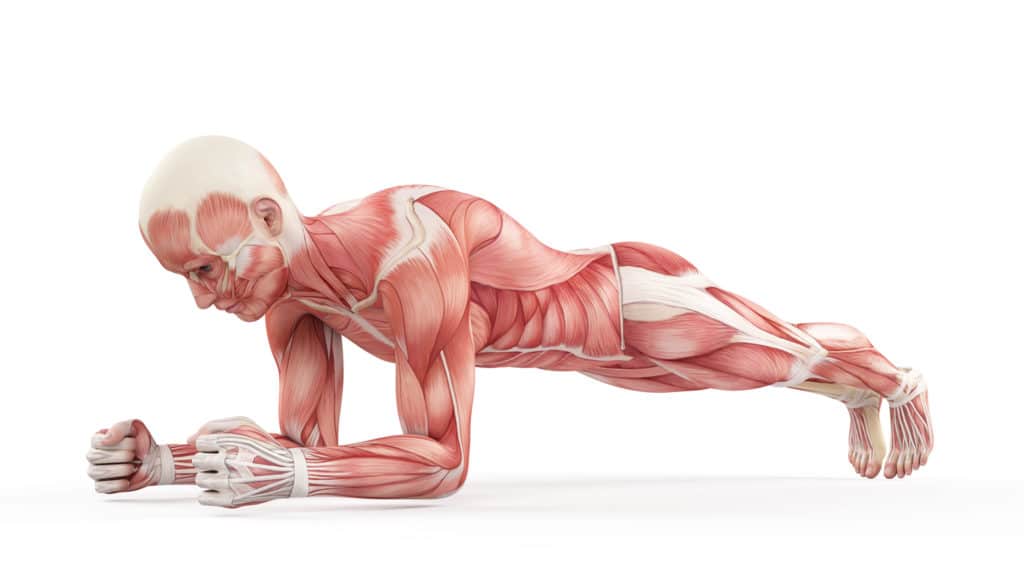Last updated: March 20, 2020

This concern can take the form of
To protect our joints, we must engage the muscles. Otherwise, the stress from the posture will overload the joint and cause damage. However, in Yin Yoga students are advised to relax their muscles and allow the stress to directly hit their joints, which is unhealthy and unwise.
It is true that in Yin Yoga we mostly do the practice with the muscles relaxed. There are a couple of reasons for this.
1 ) Engaging the muscles for long periods of time is not the best way to exercise muscles. Muscles do better with cyclical stress and dynamic movements. If a muscle remains contracted for several minutes, blood flow is restricted and the muscle can begin to starve. (There are medical conditions that involve involuntary contraction of muscles called tetany or contracture, and these are not healthy for the muscles.) In a Yin Yoga practice, where the student may remain in a posture for several minutes, it is recommended that the muscles be relaxed.
2) Another reason for relaxing the muscles is to allow the stress generated by the posture to soak into the deeper connective tissues. When the muscles are tight or engaged, there is less stress available for the parallel tissues, which typically are the joints capsules. If we are deliberately targeting the joints, then relaxing the muscles is more effective.[1]
There is benefit to stressing the joints! All tissues need stress to be healthy. (See the response to the concern, You shouldn’t stretch joints.) Engaging the muscles will decrease the stress on your joints, but this may actually be counter-productive, depending on the intention of your practice.
There are two ways you can work with joints:
1) When a joint is under a lot of load, the joint should brought to a neutral position and stiffened through co-contraction of the muscles around the joint.
2) To enhance the range of motion of a joint, the load should be reduced and then the joint can be moved to its end range of motion.
There is a time to engage the muscles to protect a joint: when it is bearing a significant stress that could damage the joint. This is what is wisely recommended in our active yoga practices: the joints are bearing larger than normal loads due to the weight of the body, so the muscles should be co-contracted to stiffen the joints, which helps them bear the extra stress. However, if the joint is not bearing a large load, it is safe to take the joint to its natural end range of motion (but don’t go past that point!). In the practice of Yin Yoga, the joints are not load-bearing and thus it is okay to relax the muscles. Relaxing the muscles will allow the joint to open to its full, natural range of motion. Engaging the muscles prevents the joints from opening fully.
A final point: regardless of all the above, if going to your edge with muscles relaxed causes discomfort or pain, it is not a good idea for you. Forget the theory. If, in your practice and in your experience, completely relaxing the muscles is not good for you, then keep a slight muscular engagement or skip that posture. Play with how much muscular engagement you need and how long you can stay in a pose: experiment, test it out and create an approach that works for your body.
Return to Topics
[1] Paradoxically, when the muscles are engaged or tight, more stress passes into the serially aligned tissues such as the tendons and ligaments. In other words, engaging muscles actually increases stress on the tendons and ligaments because they are in series with the muscles! And that may be perfectly okay. But, again, we don’t want to actively contract the muscles for several minutes, so even if we want this extra stress on the ligaments, it is better to relax the muscles. It is rather ironic that the yoga teachers who suggest engaging muscles to protect joints are actually recommending a practice that will increase stress on the ligaments! Tightening the muscles will decrease stress on parallel tissues, like the joint capsule, but will increase stress on the tissues in series, such as the tendons and ligaments. See the article Cold Muscles or Warm Muscles for more on why this is so.
